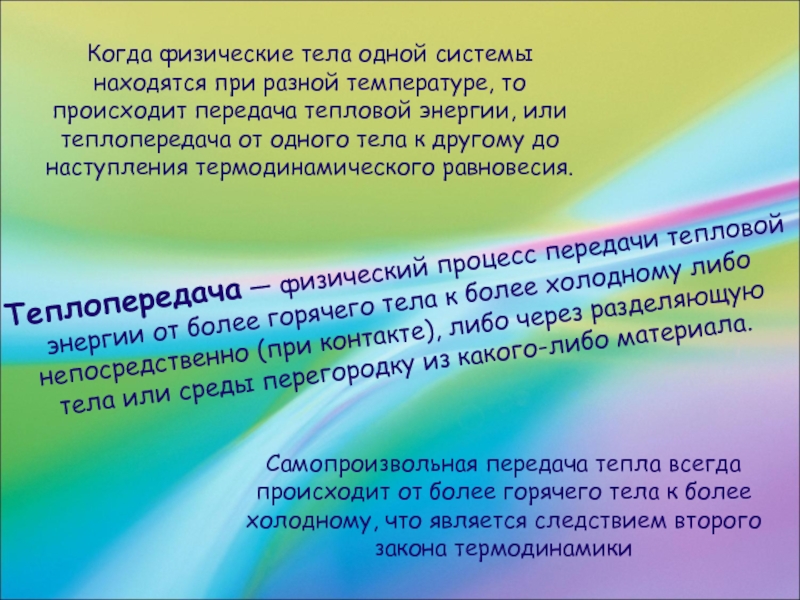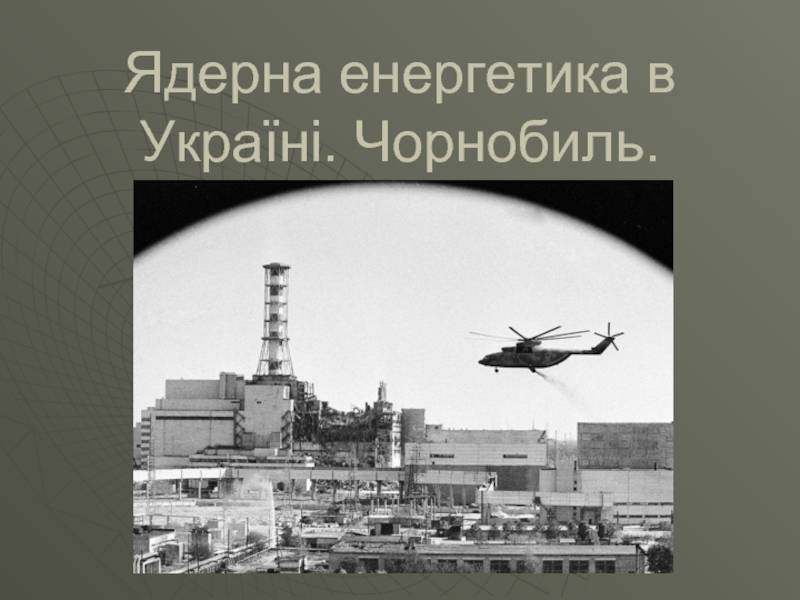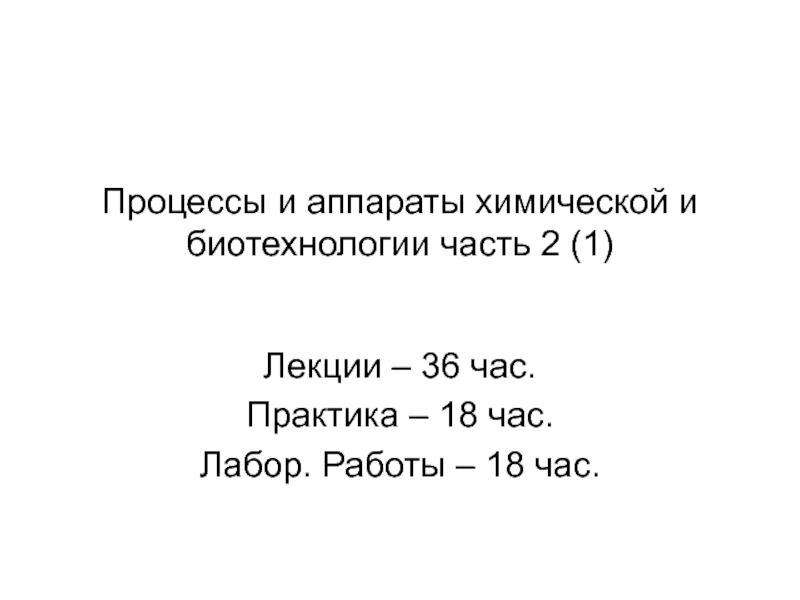near-wall region (“inner layer”) can be largely subdivided into three layers. In the innermost layer, called the “viscous sublayer” («вязкий подслой»), the flow is almost laminar, and the (molecular) viscosity plays a dominant role in momentum and heat or mass transfer. In the fully-turbulent layer, also called the log-law layer («турбулентное ядро» или «область логарифмики»), turbulence plays a major role. Finally, there is an interim region between the viscous sublayer and the fully turbulent layer where the effects of molecular viscosity and turbulence are equally important. Figure 1 illustrates these subdivisions of the near-wall region, plotted in semi-log coordinates.
Figure 1: Subdivisions of the Near-Wall Region
Литература: Шлихтинг, Теория пограничного слоя, гл. XIX, п.5; Лойцянский, МЖГ, п. 125;
ANSYS Fluent, Theory Guide, section 4.14
Figure 2: Turbulent Boundary Layer
Inner Layer of the Near-Wall Region
Figure 3: Turbulent Boundary Layer: semi-log coordinates;
VS
VS
BL
Log-Law
Log-Law
BL






